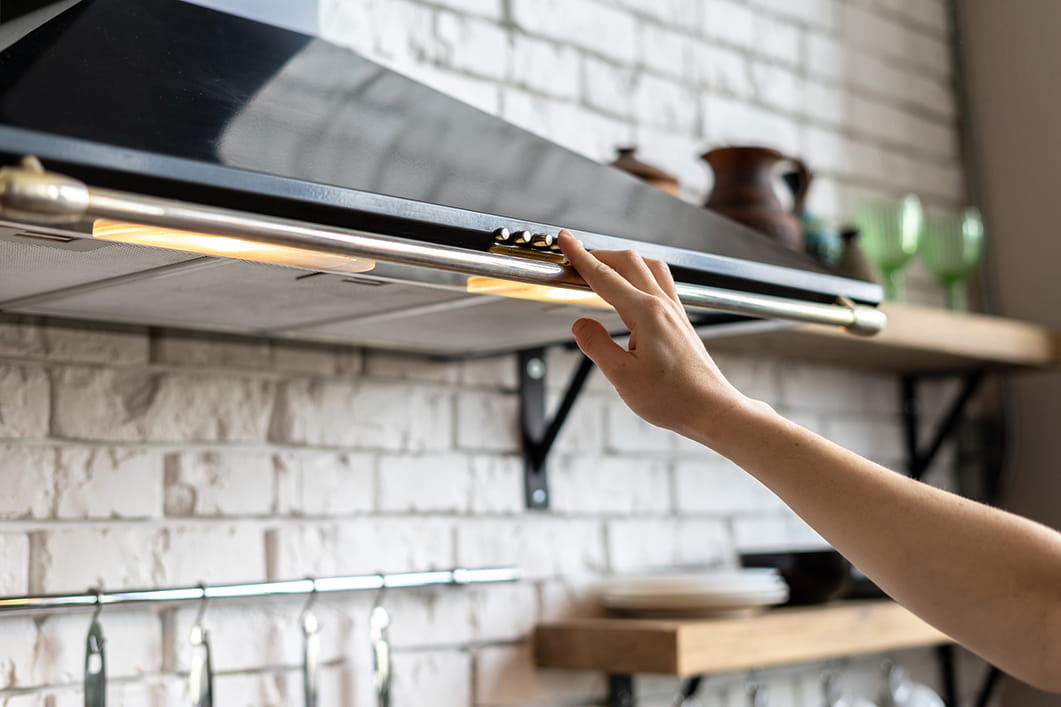Indoor air quality and gas cooking.
Many factors can contribute to indoor air quality, such as building materials, cleaning products and the food you cook and how you cook them.
Whether you are using a gas or electric cooktop, and especially when frying, broiling and cooking at high temperatures, use ventilation.
Tips on the proper use of natural gas cooking equipment with regards to indoor air quality.
- It’s important to have good kitchen ventilation each time you cook. Exhaust fans remove emissions directly at the stove before they mix into surrounding air.
- Fans also increase overall air exchange in the home to remove pollutants from indoor air.
- Use a range hood or exhaust fan that vents to the outside. If your range hood recirculates air back into the kitchen, you should open windows or use an exhaust fan in another room while cooking.
- All gas kitchen appliances should be installed in accordance with local codes, maintained in good working order and periodically inspected by a qualified contractor.
- We also recommend installation of carbon monoxide and smoke detectors in every household. Contact your state fire marshal’s office for more information.
Ventilation Resources
Our energy efficiency partner, Energy Trust, provides a list of contractors that can perform an assessment and installation of ventilation solutions.
Resources for our low-income customers
NW Natural’s weatherization partners evaluate ventilation needs as part of the holistic approach to whole home efficiency. Funding from NW Natural supports this work to address ventilation alongside efficiency improvements and weatherization. Qualified customers should reach out to their local agency.
